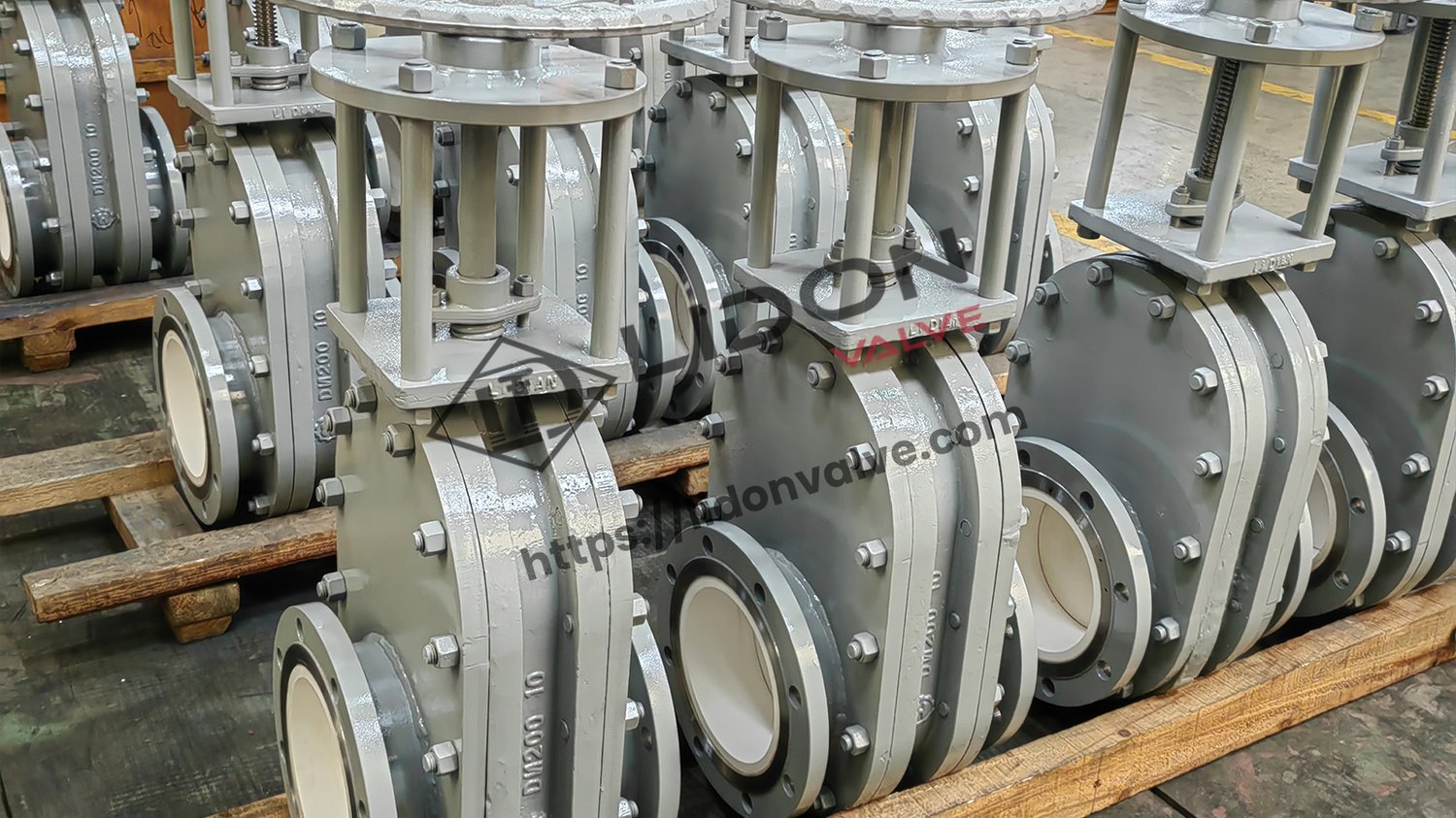Why Starting a Pump with Closed Discharge is Risky?
Every industrial facility needs a pumping system to move water, slurries, or any other fluids to different parts of the process. However, starting a pump with a closed discharge can lead to severe damage to the system and endanger personnel. In this article, we will discuss Which type of pump should never be started with the discharge closed?.
Centrifugal Pumps
Centrifugal pumps are the most widely used type of pump in industrial settings for their effectiveness and ease of installation. However, centrifugal pumps need continuous flow-through their discharge lines to prevent overheating and cavitation. Running a centrifugal pump with a closed discharge can cause the pump to heat up, causing internal damage and wear and tear. Additionally, continuous recirculation can create excessive pressure, leading to burst pipelines and sudden release of hazardous fluids.
Positive Displacement Pumps
A positive displacement pump works by trapping a fixed amount of liquid and moving it through the pump to the discharge. This type of pump is best suited for higher viscosity fluids and production applications where a controlled flow rate is critical. However, when the discharge valve is closed against a positively displaced pump, there is nowhere for the liquid to go. The pump continues to try and create pressure against a blocked line, which can lead to pump malfunction, overheating and ruptured pipelines.
An Example Hazard
Consider a chemical manufacturing plant. The plant uses a centrifugal pump to move a corrosive liquid through the production circuit for mixing and blending. After the system discharge valve is closed, the pump continues to run, generating pressure without any water flow. The heated liquid, coupled with the absence of liquid exchange, starts boiling, causing damage to the pump and discharging hazardous fumes into the work area.
Importance of Pump Safety Procedures
Proper pump safety procedures are critical to ensure a safe work environment, prevent equipment failures, and safeguard personnel. To avoid starting a pump with the discharge valve closed, operators should carefully follow procedures and double-check the valve position before start-up. Furthermore, installing discharge monitoring systems can provide real-time feedback on the status of the discharge flow path and alert the operator to any potential safety hazards.
Other Precautions to Consider
Besides ensuring that the discharge line is open, there are several other precautions that operators can take to avoid damaging their pumps and the surrounding facility. One such measure is to install check valves on the suction side of the pump to avoid draining and overpressurizing of the pump and pipework. Additionally, fitting pressure relief and control valves, monitoring with alarms and interlocks, and conducting regular preventive maintenance can help avoid system failures and enhance safety.
Training and Certification
The proper use and maintenance of pumps require specialized knowledge and training. Operators, maintenance personnel, and engineers working with pumps must have the appropriate certifications from relevant organizations such as American Society of Mechanical Engineers (ASME), Hydraulic Institute, and Occupational Safety and Health Administration (OSHA).
Taking Precaution and Staying Safe
Starting a pump without opening the discharge line can cause significant damage to pumps and equipment and pose serious safety hazards to personnel. Operators must never start centrifugal or positive displacement pumps with the discharge line closed, even for a short period. By following safety guidelines, ensuring proactive maintenance, and obtaining proper training, pumps can keep operations running safely and efficiently.

